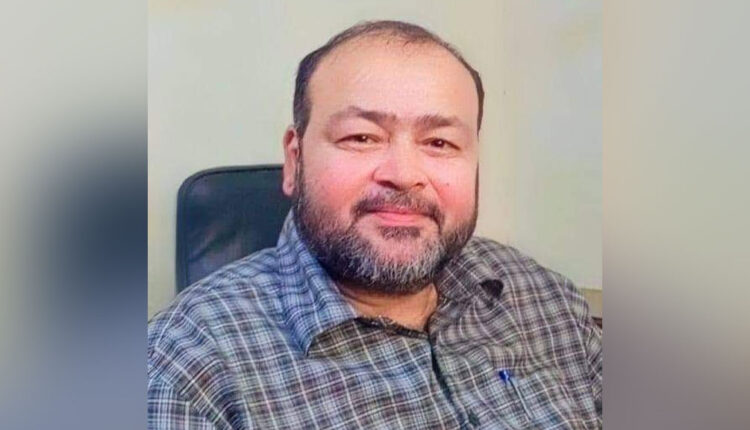The Wounds of Delhi and Islamabad: Who Lies Behind the Curtain?
(By Dr. Muhammad Tayyab Khan Singhanvi, Ph.D)
The incidents of the past two days have thrust South Asia to a perilous crossroads where every explosion is not merely an act of violence but the culmination of intricate political, military, and diplomatic undercurrents. On November 10, near the Lal Qila Metro Station in New Delhi, a car bomb claimed several civilian lives; the following day, on November 11, another blast near the District Courts of Islamabad resulted in multiple casualties and injuries. The simultaneity, proximity, and precision of these events have not only triggered fear and unease among the residents of both capitals but also unveiled the fragile façade of regional security.
The immediate question haunting every mind is who is responsible?
Preliminary intelligence and media assessments have cited social media activity emanating from Afghanistan prior to the Islamabad attack. Some accounts had ominously posted phrases such as “Coming soon Islamabad”, while Taliban-affiliated online profiles circulated threatening statements. Such digital forewarnings have led Pakistan’s official quarters to conclude that the incident could be the handiwork of external elements or transnational proxy networks. Yet, accusation and evidence are two distinct domains: without forensic analysis, CCTV scrutiny, and international intelligence collaboration, no definitive verdict can be rendered.
Historically, violence and proxy interference are hardly novel features in India–Pakistan relations. From the Kashmir conflict to border skirmishes and mutual allegations of militant sponsorship, the subcontinent has recurrently stood on the brink of global tension. This time, however, the synchronized targeting of the two capitals conveys a far more ominous message that the operations are not mere acts of terrorism but a calculated component of information and psychological warfare, designed to erode public morale, destabilize domestic political cohesion, and transmute a cold rivalry into a potentially combustible confrontation between two nuclear-armed states.
From Pakistan’s internal security perspective, an urgent three-tiered strategy is imperative.
First, rigorous civic defense immediate enhancement of protection for judicial complexes, educational institutions, and public spaces.
Second, reinforcement of intelligence-sharing mechanisms, particularly through robust cooperation with Afghanistan and other regional stakeholders.
Third, addressing the root causes of militancy through long-term socioeconomic reforms targeting poverty, unemployment, and ideological extremism.
Purely military responses may yield temporary respite, but sustainable peace demands structural transformation.
For India, the warning is equally explicit: while every nation faces internal security challenges, cross-border interference through proxies or covert operations is tantamount to pouring oil on a smoldering flame. The international community, on several prior occasions, has advocated for evidence-based arbitration in South Asia; under the present circumstances, transparent presentation of proof, joint investigative mechanisms, and the inclusion of neutral international observers are essential to avert further escalation.
The economic and social repercussions of these attacks will be equally severe. Heightened insecurity deters investment, disrupts trade, and stalls long-term development initiatives. Daily life marked by restricted mobility, intermittent closures of schools, and soaring security expenditures will become an additional burden on an already strained populace. Most perilously, if public resolve falters and fear prevails, it would achieve precisely what terrorism seeks: social fragmentation and diminished state functionality.
At the international level, the continuity of this tension is profoundly alarming. A single miscalculated reaction on either side could transform strategic posturing into active confrontation. The presence of nuclear arsenals does not limit hostilities it magnifies the stakes to catastrophic proportions. Thus, it is vital to keep diplomatic channels open, pursue early mediation through the United Nations and other global institutions, and initiate confidence-building measures that may prevent the crisis from spiraling out of control.
Ultimately, all claims and accusations must be subjected to an independent, transparent, and internationally monitored investigation. Only when facts are authenticated can legitimate diplomatic and legal recourse be undertaken. Meanwhile, what is incumbent upon every citizen and institution is restraint, humanitarian responsiveness, and collective commitment to eradicate the twin roots of terrorism unemployment and radicalization.
Otherwise, a single spark may ignite a conflagration of unimaginable magnitude one that would scorch not only the peoples of India and Pakistan but also the fragile fabric of regional economies and the broader edifice of global peace.




Comments are closed, but trackbacks and pingbacks are open.